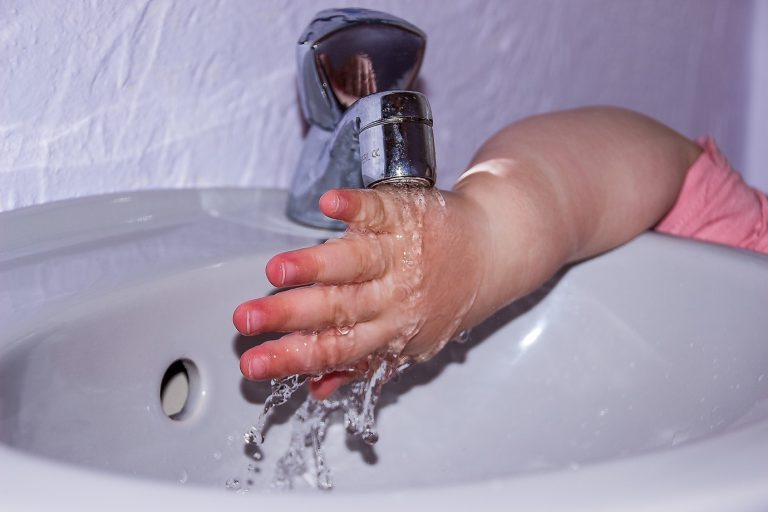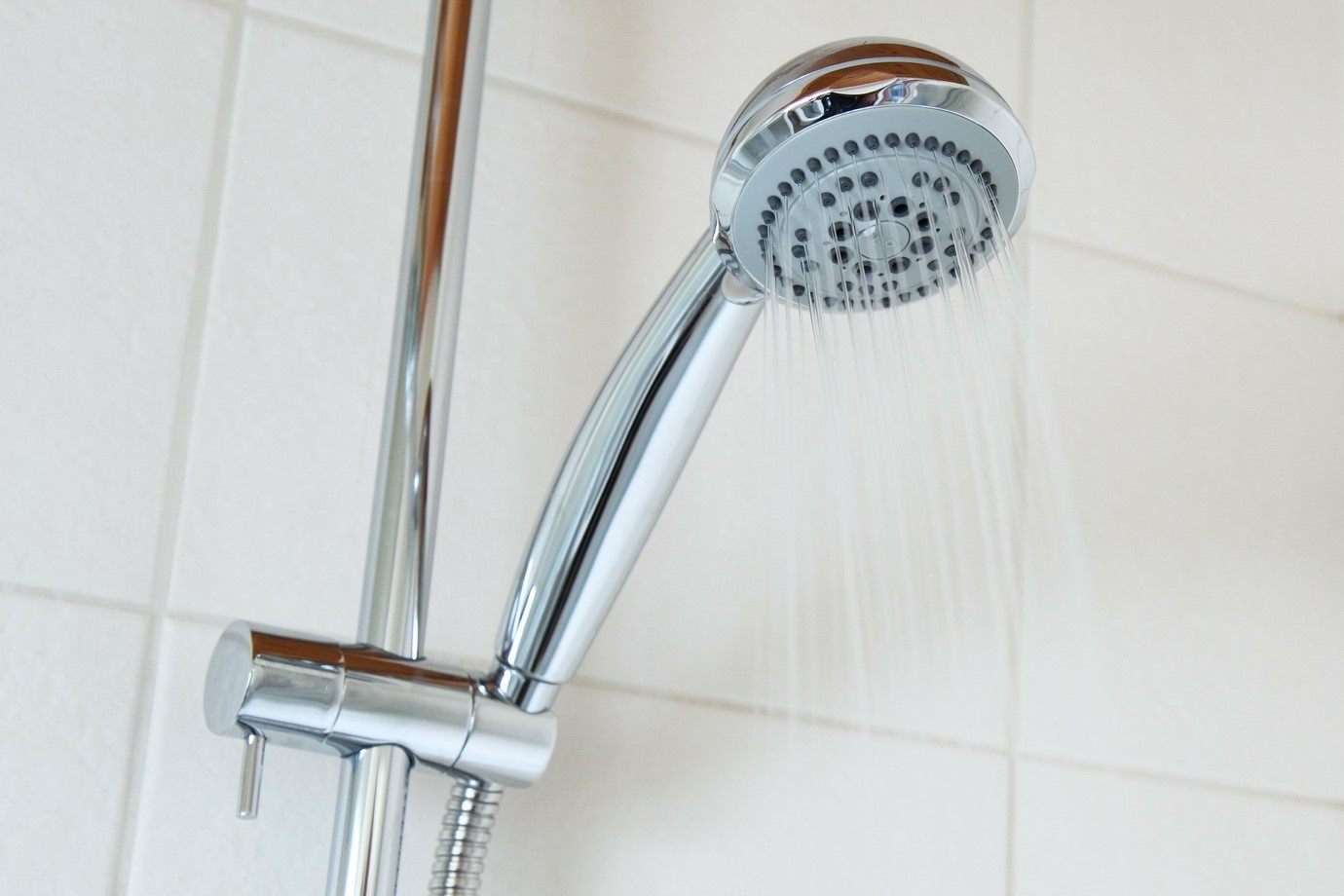Teaching Your Children These Energy Saving Habits Could Help Slash Your Energy Bill

Teaching Your Children These Energy Saving Habits Could Help Slash Your Energy Bill
It’s no secret that many Australian families are feeling the pinch from the rising cost of energy. According to new ABS studies, figures show that on average households spend $49.11 a week on electricity and gas combined. But, could we reduce that by a significant amount if we made a few tweaks?
Obviously, the first step is to shop around to see if you can save on your electricity plan and if relevant to your situation, make sure you check out and compare solar plans too.
By shopping around and requesting an energy quote from different providers, you can compare prices and ensure that you’re receiving the best deal.
If you’re currently on the hunt for a more competitive energy deal, amaysim offers some of the best value plans in the market, while making it extremely simple to switch.
But, don’t just leave it there.
Once you have signed up with an energy provider that suits your needs, there are things that the whole family can do to save energy on a daily basis around the home. Instilling good habits into children from a young age will have a positive impact on your wallet and stand them in good stead for their own future.
Energy Saving Habits You Can Teach Your Children
Switch off and unplug devices and appliances when they are not in use
Leaving devices and appliances plugged in on standby mode chews through power over time. The most obvious culprits are phones and tablets, but take a look around your home and you’ll find that there are other appliances such as the washing machine, microwave, printer, and speakers etc that are less power hungry.
Charge Phones and Tablets at Night
Get into the habit of charging devices at night time when the tariff is lower.
Dim Smartphones
Apparently dimming the screen on your smartphone uses less energy, so it will need to be charged less frequently.
Dress for the Weather
Having your home heating and cooling set on a timer can be very handy, but it can also mean that we are using power when adjusting our clothing could work just as well. Teach children to dress appropriately for the weather. Think shorts and singlets in the warm weather and snuggles under blankets in the cooler months.
Opt for Showers Over Baths
Running a bath uses up to 100 litres of water, whereas showering rarely uses more than 35 litres. Teach children to be mindful of how much water they use too (and that it has to be heated by energy) by spending the first few minutes under the water washing their body and hair so that any time that is remaining can be used for playing.
Turn Lights Off
Any parent will tell you that they spend half their life telling their kids to switch lights off, so if you have a strategy that you’ve found works for this, we’d love to hear it! By the way, according to experts it is a myth that it takes more energy to turn lights back on than is saved switching them off, so get your kids flicking those switches when they leave a room. Also, energy saving light bulbs really are worth the investment. Although they do cost more upfront than regular lightbulbs, they use less energy and will save you money in the long term.
Use Rechargeable Batteries in Toys
We know, rechargeable batteries can be expensive to buy initially. But as above, it’s an investment worth making and will save you money in the long run, not to mention reducing the environmental impact of throw away batteries.
Keep Fridge and Freezer Doors Closed
If I had a dollar for every time my children opened my fridge door, particularly during school holidays, and just stand there staring waiting for something to jump out at them, well, I’d probably be sipping cocktails poolside right about now. Instead, when time allows, I prep the days snacks the night before and allocate snack times so that the fridge or freezer only needs to be opened once for the whole family, rather than every 10 minutes by everyone in the house! This is important because every time the fridge or freezer door is opened, the appliance has to work harder to regulate the temperature.
On a related point to parents, spring cleaning your fridge, getting rid of any out of date food and only keeping what you are going to use will not only lower your energy consumption, it’ll also have a positive impact on your grocery bill. Conversely, filling your freezer up uses less energy as the frozen food won’t warm up when the door is opened. An empty freezer fills up with warm air when the door is opened, causing the appliance to have to work harder to cool down again when the door is closed.
Also allow leftovers to cool before putting them into the fridge or freezer too, as hot food also causes the fridge/freezer to work harder too.
A good tip that I picked up a few years ago, is to vacuum the coil on the back of your appliance if you have easy access as this also helps it to run efficiently.
Reduce Screen Time
These days’ children have access to multiple screens in most rooms of their home. Consider having set days of the week when you limit screen time. For example, making Friday night ‘family movie night,’ Saturday ‘family games night,’ or Sunday the ‘family day out’ not only has a positive impact on family interactions, it’ll mean that you don’t have different family members all watching different devices in different rooms throughout the house.
Involve Them in Purchases
It is a great idea to involve children when you are buying new appliances. It can be a great time to have a conversation about what energy efficiency means and show them how to look for energy efficient products by looking for stickers with energy stars.
Do you have any other energy saving tips to share? We’d love to hear them!















